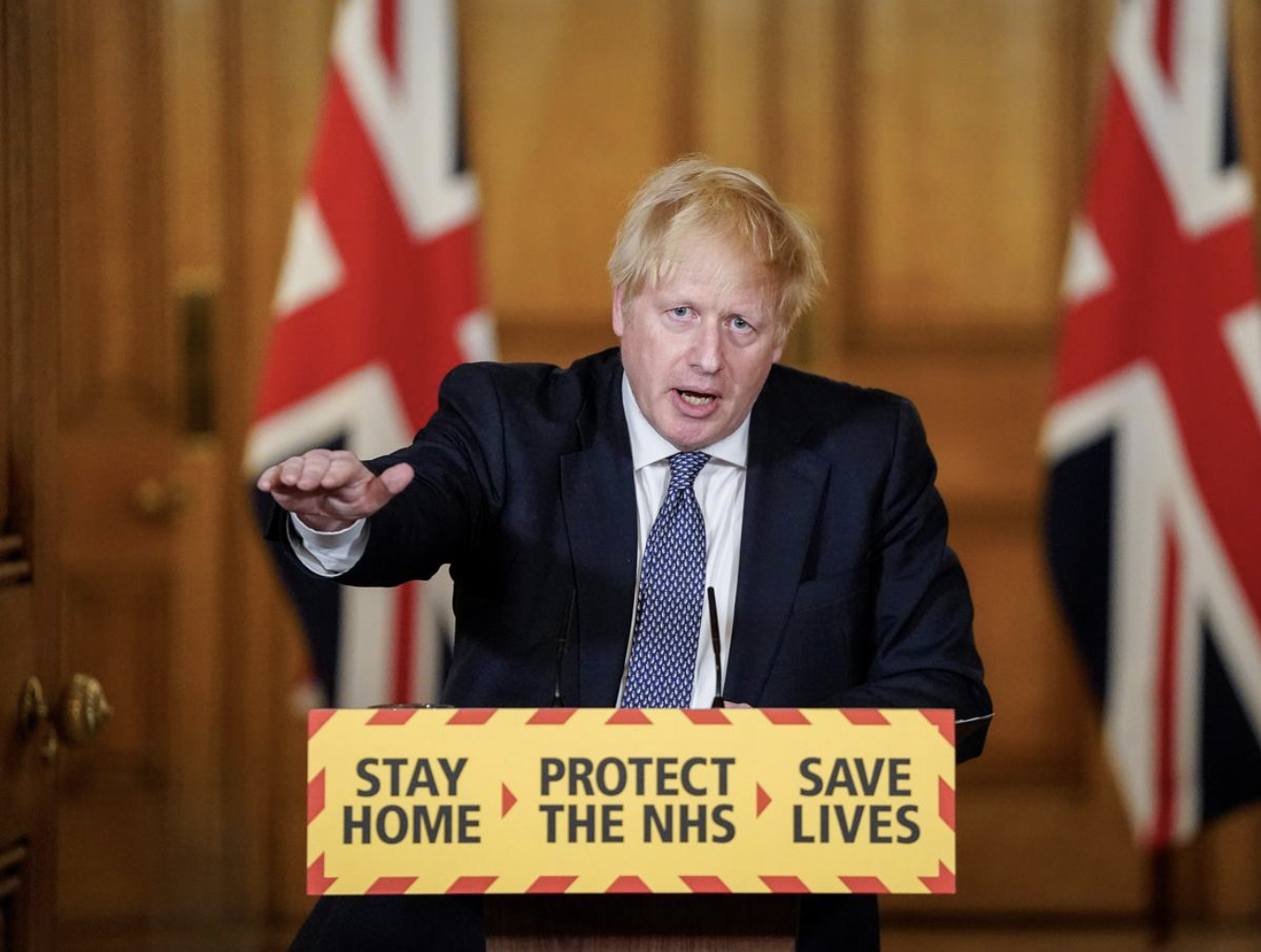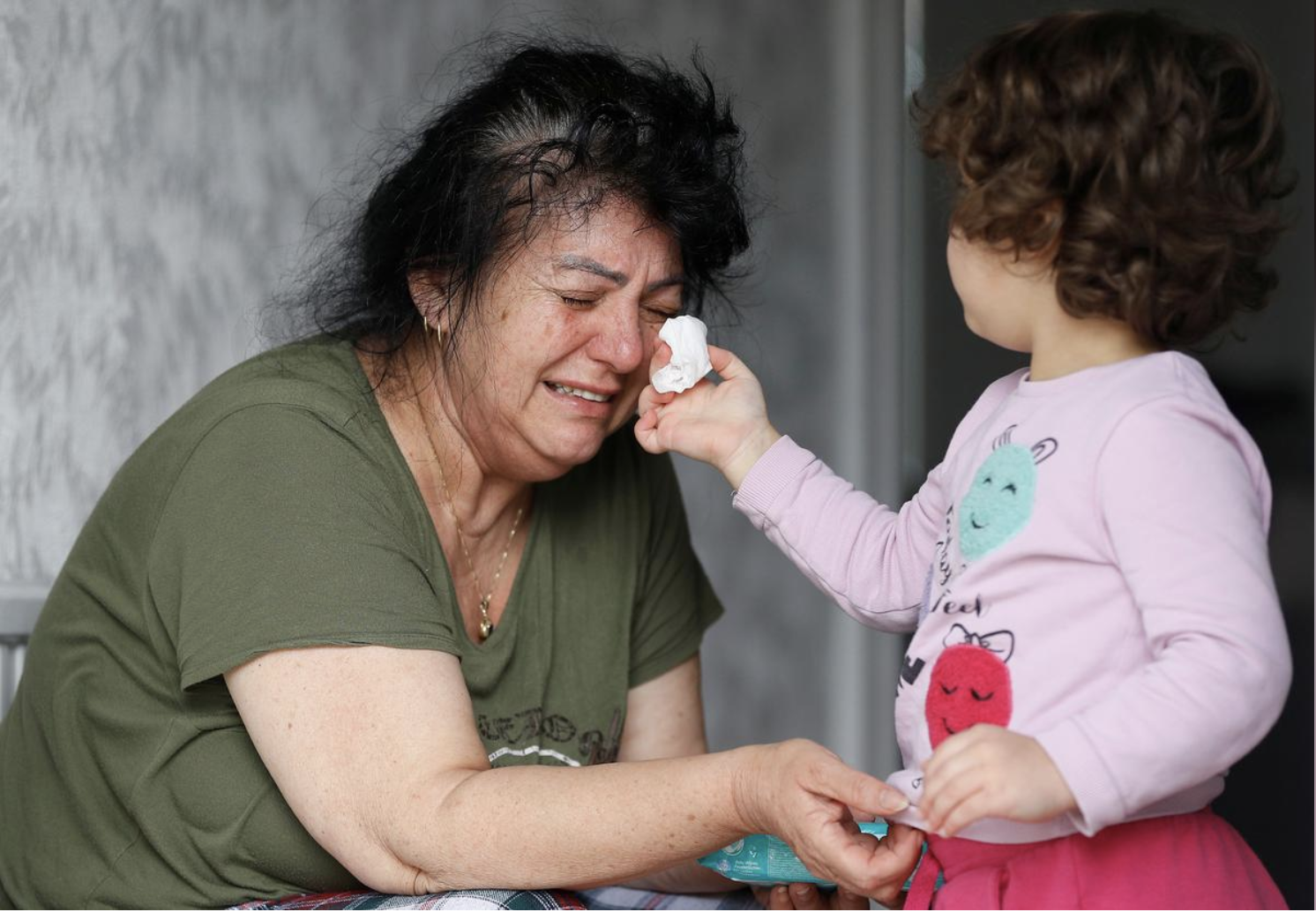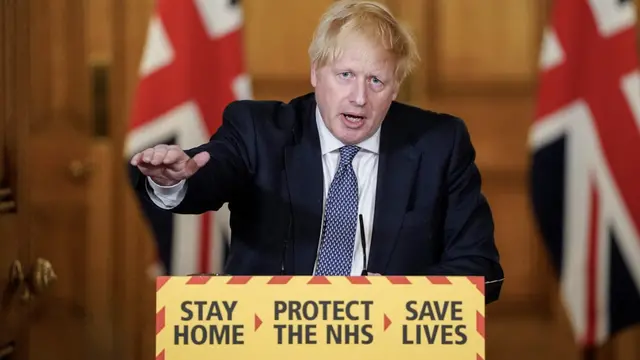On Wednesday, the UK Prime Minister Boris Johnson is set for grilling as he returns to the Commons for his first Prime Minister's Questions since recovering from coronavirus. The opposition Labour leader Sir Keir Starmer is expected to question the government's response to the pandemic.
At this moment, the UK has now recorded the
highest official death toll in Europe
, overtaking Italy, as 32,313, according to the latest Britain's Office for National Statistics (ONS) report.
The grim milestone seemed unthinkable when its leader assured the Britons that it is "extremely well prepared (for) all eventualities" just two months ago.

Britain's Prime Minister Boris Johnson speaks during a daily news conference to update on the coronavirus disease, at 10 Downing Street in London, Britain April 30, 2020. /Reuters
Absent leadership
The UK caught the world's attention when its prime minister contracted coronavirus and hospitalized and later moved to the ICU after its health condition severely deteriorated. But it is not only the absence of a prime minister that the country is lacking during the battle against the coronavirus.
Since April, when the newly infected patients started to flood into the hospitals, the government has faced growing criticism over complaints from staff in hospitals and care homes that they have received insufficient supplies of protective kit, and over levels of coronavirus testing that are well below its target.
In one factor, Germany has conducted more than 1.3 million three months after the first positive case was reported. While at the same time, the UK has carried out fewer than 335,000 tests.
When the novel coronavirus reached the UK and Germany, both governments assessed it as low risk. But now only 6,993 people have died so far in Germany, while the UK has more than 32,000 people died.
Since the contagious disease arrived on the European continent, Angela Merkel's government moved quickly to scale up testing and contact tracing of those infected. While Boris Johnson's initial strategy, based on his top scientific advisers' suggestions, continued to focus primarily on hygiene recommendations.

Also, doctors and health workers criticized the British government on Saturday for suggesting that personal protective equipment (PPE) worn while treating patients infected with coronavirus could be re-used, as supplies run low across the country.
The government issued new guidance to hospitals on April 17, setting out that alternatives to fluid-repellent full-length gowns may need to be used, including reusable gowns or even long-sleeved laboratory coats, ended up causing mounting backlashes.
"This guidance is a further admission of the dire situation that some doctors and healthcare workers continue to find themselves in because of government failings," said Rob Harwood, chairman of the consultants' committee at the British Medical Association.
Protect the NHS
The Reuters reported an investigation on Wednesday about the situation in care centers in the UK, which host an estimated 400,000 mostly elderly or infirm people. Based on the findings in this report, the investigation reveals a crucial early mistake made by the British government: It focused too much attention on protecting the country's National Health Service (NHS) at the expense of the most vulnerable in society.
According to Reuters calculations, the pandemic has resulted in at least 12,700 excess deaths in British care homes.
During the government's response to the pandemic, it summed up that policy in the slogan "Protect the NHS." The approach gave the country's publicly-funded hospital priority over its care homes. A UK government spokesman defended the strategy. "This is an unprecedented global pandemic, and we have taken the right steps at the right time to combat it, guided by the best scientific advice."
So far, out of all the coronavirus casualties in the UK, more than 5,890 were registered as occurring in care homes in England and Wales by April 24, the latest date available. These figures don't include care home residents who were taken to the hospital and died there.
Policies designed to prevent hospitals from being overwhelmed pushed a greater burden onto care homes. With hospitals given priority by the government, care homes struggled to get access to tests and protective equipment. The elderly were also put at potentially greater risk by measures to admit only the sickest for hospital treatment and to clear out as many non-acute patients as possible from wards.

Ayse Mehmet, whose daughter Sonya Kaygan died from coronavirus, has tears wiped by her three-year-old granddaughter, also named Ayse, at her home in Enfield, Britain, April 27, 2020. /Reuters
On the national stage, the government projected a picture of success. Prime Minister Boris Johnson, at his first daily Downing Street briefing since recovering from coronavirus, said on April 30 that Britain was past the peak and had avoided overwhelming the health service.
Even so, deaths in care homes were surging.
On the frontline of the efforts to protect the capital's most vulnerable people, the worst was far from over. According to an official closely involved in London's response to the coronavirus, the capital's mayor, Sadiq Khan, was getting reports that food banks were close to running out. Crisis meetings were held all weekend to replenish stocks.
(With input from agencies)
 简体中文
简体中文

